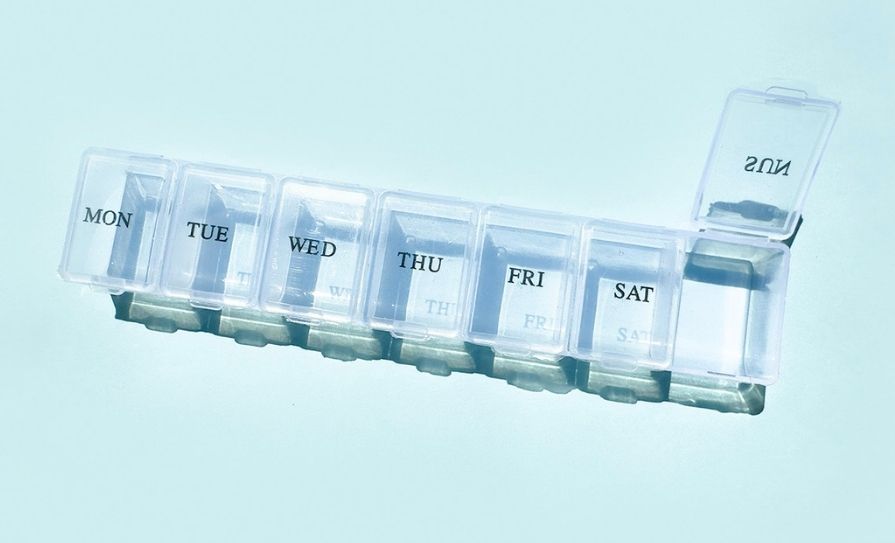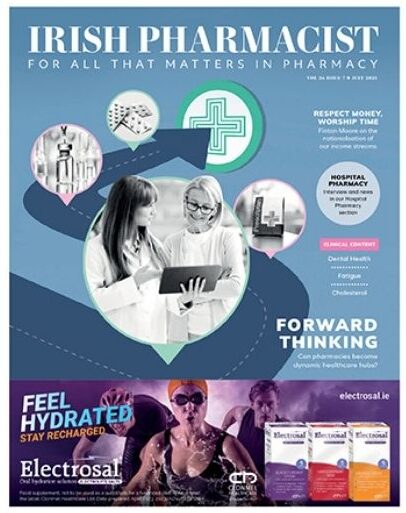Research conducted by the HSE National Cancer Control Programme (NCCP) highlights the difference between the economic cost of diagnosing and treating a person with the earliest stage of melanoma skin cancer (stage IA) compared to those with late stage melanoma skin cancer (stage IV).
Early diagnosis of skin cancer is easier to treat and the patient is more likely to recover well, resulting in reduced economic cost for the health service and the patient.
The study found the cost of diagnosing and treating a person with late-stage melanoma was more than 25 times higher than for a person with early stage disease (stage IV €122,985 versus stage IA €4,269). The study
did not take into account the additional wider economic and personal costs of melanoma skin cancer to patients, their families and society.
In Ireland, more than 1,000 people are diagnosed with melanoma skin cancer each year, a number which is predicted to double between 2015 and 2045. Melanoma skin cancer is the most dangerous form of skin cancer, as it can spread to other organs in the body and can be fatal.
Skin cancer is one of the most preventable cancers. We can reduce our risk of skin cancer by protecting our skin from the sun and other sources of ultraviolet radiation, such as sunbeds. Being SunSmart and never using a sunbed, can help reduce your risk of all types of skin cancer, including melanoma.
Minister for Public Health, Wellbeing and the National Drugs Strategy Hildegarde Naughton TD said: “This research reinforces the importance of prevention and early detection. We cannot treat our way out of rising skin cancer rates, so by working to reduce the number of cases every year we can also reduce the large cost burden that this disease places on our health services.
“We know that skin cancer is largely preventable, so I would urge people to be vigilant in reducing their risk by being SunSmart and checking skin regularly for any changes.”
Remember the SunSmart 5 s’s, even when it’s cloudy:
1) Slip on clothing: Cover skin as much as possible, wear long sleeves, collared T-shirts, clothes made from close-woven material that does not allow sunlight through.
2) Slop on broad-spectrum (UVA/UVB protection) sunscreen: apply sunscreen with a sun protection factor (SPF) of at least 30+ for adults and 50+ for children, with high UVA protection and water-resistant. Reapply regularly. No sunscreen can provide 100% protection, it should be used alongside other protective measures such as clothing and shade.
3) Slap on a wide-brimmed hat:
protect your face, ears and neck.
4) Seek shade: sit in the cover of trees to avoid direct sunlight. Use a sunshade on your buggy or pram. Keep babies and children out of direct sunlight.
5) Slide on sunglasses: guard your eyes against harm by wearing sunglasses with UV protection.
6) And remember, do not deliberately try to get a suntan. Avoid getting a sunburn. Never use a sunbed.
Overexposure to ultraviolet (UV) from the sun is the leading cause of skin cancer. The more UV you’re exposed to, the greater your risk. That’s why it’s important for outdoor workers to protect their skin all year round. Even low UV levels can be harmful when exposed for long periods. UV radiation from the sun is usually strongest between 11am and 3pm from April to September, even when it’s cloudy. So plan ahead, check the UV forecast for your area on Met Éireann’s website at https://www.met.ie/uv-index, and remember the SumSmart 5 S’s.
Dr Triona McCarthy, Consultant in Public Health Medicine, HSE NCCP, said: “Investment in skin cancer prevention and early detection programmes show strong potential for health and economic benefits. The National Skin Cancer Prevention Plan 2023 – 2026 is focused on reducing risk across the population, by raising awareness of the actions we can all take to reduce our risk of skin cancer such as following the SunSmart 5 S’s and avoiding use of sunbeds, and it sets out how we can support people to adopt these behaviours.”
When skin cancer does occur, picking it up early means that it is easier to treat and the patient is more likely have a good outcome, in addition to the reduced economic cost for the health services. Knowing what your skin normally looks like, and checking your skin and moles regularly for changes, will help you spot a possible melanoma at the earliest possible stage. Suspicious signs include:
- A change in the size, shape or colour of a mole that you already have;
- A mole that is often itchy or bleeding; ?A new mole that looks different to the other moles that you have;
- A change to a normal patch of your skin, like a new dark spot on your skin;
- A dark coloured line or patch under your nail, or any abnormal skin under your nail.
Contact your GP without delay in you notice any changes to your skin that are causing you concern.
For more information please see the SunSmart hub at www.hse.ie/sunsmart and check out #SunSmart on social media







